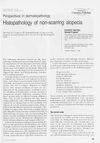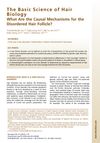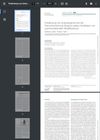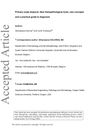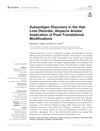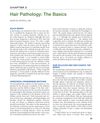Healthy Hair: Form and Function
January 2015
in “
Springer eBooks
”
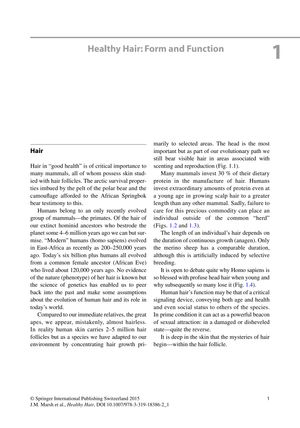
TLDR Hair health is influenced by genetics, aging, and environmental factors, with proper care needed to maintain it.
The document from 2015 provides a comprehensive overview of hair health, structure, and function. It explains that humans have 2-5 million hair follicles, with the scalp being a significant area of focus due to its immune privilege and potential for alopecia areata. Hair growth occurs in four phases (anagen, catagen, telogen, exogen) and is influenced by genetics, with scalp hair growing at about 0.9 cm per month and natural hair loss ranging from 50-80 hairs per day. Hair aging is affected by both intrinsic factors like genetics, which can lead to conditions such as male pattern balding, and extrinsic factors like UV radiation and smoking. Oxidative stress contributes to hair aging and graying. The document also notes that hair density and diameter decrease with age, and while nutrition is important, there's no strong evidence that supplements improve hair production in healthy individuals. Hair shaft damage is primarily cosmetic, and hair types vary genetically, with the document advocating for a phenotypic approach to categorization. It also discusses the evolutionary aspects of hair, the significance of hair morphology and color as markers of human subgroup association, and the physical properties of hair that are relevant for hair care, such as porosity and elasticity. The document concludes by mentioning the challenges in maintaining hair health and the role of hair care products.

